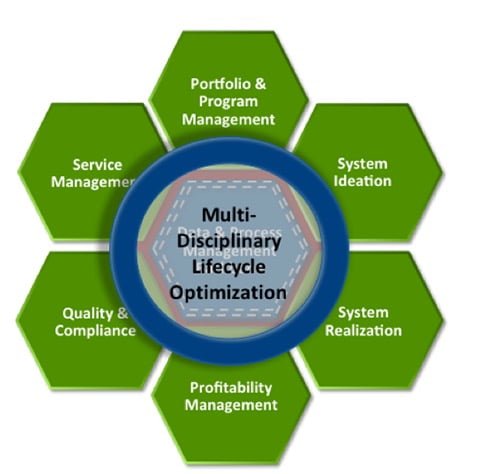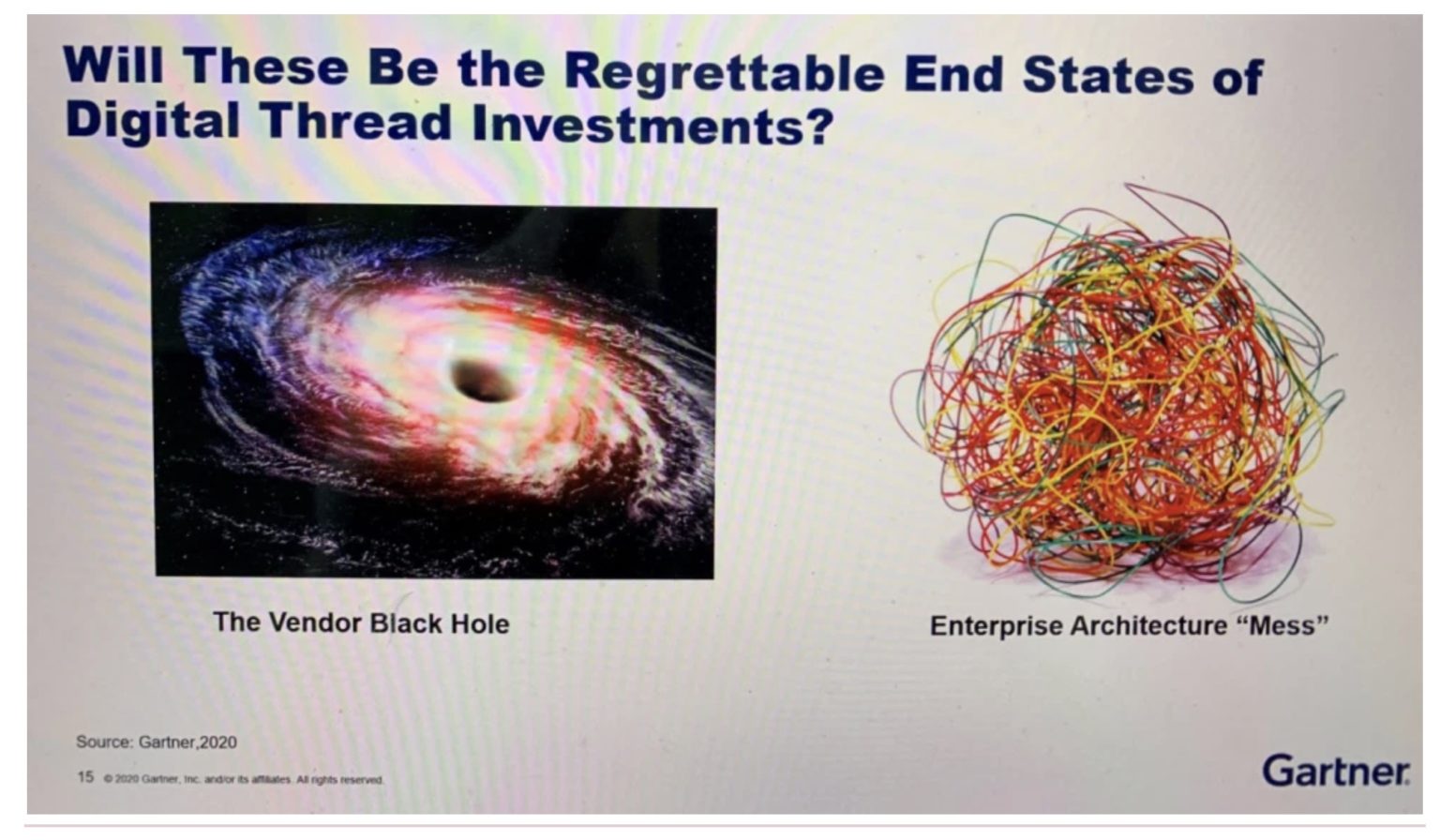
FROM PLM PLATFORMS TO ONLINE SERVICES
A few years ago, “platformization:” was a hot term. CIMdata was sharing their study about the role of platforms in future PLM development. Check this out here – Product Innovation Platforms: Definition, Their Role in the Enterprise, and Their Long-Term Viability.
Platforms
CIMdata strategically defines a platform’s value to provide a vertical system managing data and all processes, expanding the lifecycle upstream and downstream. Here is a picture of how CIMdata defines the Innovation Platform

Here is CIMdata’s conclusion about platform strategy a few years ago.
The growing complexity of products and customer demands for innovation drives changes in industrial companies and their PLM solution providers. For PLM solutions and new product development, platformization is the path forward.
Product innovation platforms are a significant undertaking. Simultaneously, some solution providers have embraced this approach. Many are too entrenched in their assembled-over-time architectures to be able to move quickly. PLM is complex, and assessing the current state of a PLM solution and comparing it against upcoming business requirements requires quantitative and qualitative methods.
The idea of platforms and vertical integration was the ultimate answer of PLM developers to improve solution integration and eliminate the huge need to spend tons of resources and IT services to integrate data and processes between silos and applications.
A platform sounds like a good idea, but on the opposite side, it stuck into something that Marc Halpern of Gartner called “a single vendor black hole.” The slide was presented at the PDT2020 event.

So, between integration spaghetti and single vendor black holes, what choice manufacturing companies actually have?
SaaS, REST API, and Web Services
Cloud techs have passed the point technically viability. SaaS solutions are expanding, and manufacturing is on the go to adopt various SaaS solutions these days. In this context, the most interesting question is what SaaS services will mean to manufacture companies using multiple set of services from different vendors and to expand these services with their own solutions (some of them to optimize the development process, but more often these days to provide a way to integrate processes between engineering, manufacturing, contractors, suppliers, and customers.
 SaaS – Software as a service, on-demand. Internet and technology concept on virtual screen.
SaaS – Software as a service, on-demand. Internet and technology concept on virtual screen.As a result, the companies’ reality is to operate using more than one SaaS application (services). Specifically for PLM, it raises how manufacturing businesses connected into a supply chain and other types of relationships will operate using multiple services from multiple vendors.
Does it mean PLM platforms are a thing in the past?
The question about the role of the platform is fascinating. Remember, two decades ago, the platform was usually what multiple vendors and developers could use. Ideally, platforms’ primary role is to provide some “common functions” between products in product life and suite of products. In other words, the main purpose of the platform is to reuse a set of capabilities. Desktop OS (e.g., Windows, Mac/OS), mobile platforms (iPhone, Android) are the best examples. Browsers can be considered a platform too. Some CAD applications in the early days became a platform for other solutions (e.g., AutoCAD).
The platform’s idea is to avoid the need to build a certain function and reuse it between multiple applications. It is geared towards efficiency and development speed. In the last decade, the shift of the platform’s focus has shifted from providing a re-usable set of functions to a monolithic set of applications that are well integrated and provide complete solutions. According to Gartner, PLM vendors are acquiring other solutions and making their platforms more powerful, which led to a “single vendor black hole,” according to Gartner.
Online Services
As we move forward in the online, cloud, and SaaS world, the idea of ‘reusable services’ naturally comes back and becomes more important. Online applications are naturally connected using REST API, and they inherit the rich arsenal of web developers for the last two decades. Web development is geared towards speed and re-use. Anything-as-a-Service is becoming the main target, and IT manufacturing companies explore what such architecture means for them.
What is my conclusion?
The paradigm shift of PLM development will be changing in the next 5-10 years. The PLM vendors will have to continue developing “big black holes” or turn the tech companies’ technologies and open needs better collaboration and re-use among multiple services and SaaS applications. Modern SaaS PLM applications are, by definition, online services that can be used by manufacturing companies, their contractors, and suppliers. This is how new PLM architecture is coming to replace legacy monolithic PLM platforms. Just my thoughts…

Don’t hesitate to contact Thanh for advice on automation solutions for CAD / CAM / CAE / PLM / ERP / IT systems exclusively for SMEs.
Luu Phan Thanh (Tyler) Solutions Consultant at PLM Ecosystem Mobile +84 976 099 099
Web www.plmes.io Email tyler.luu@plmes.io
